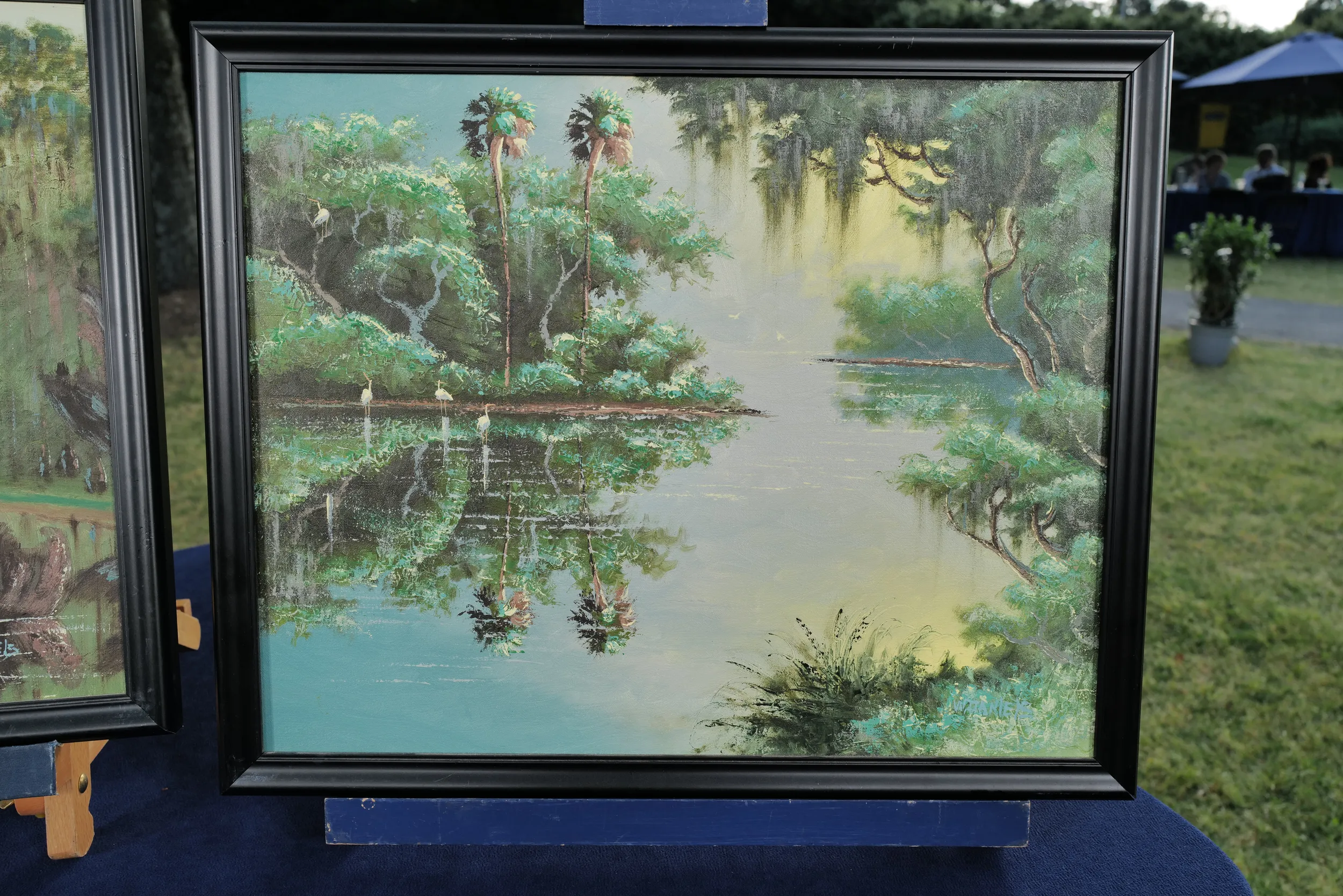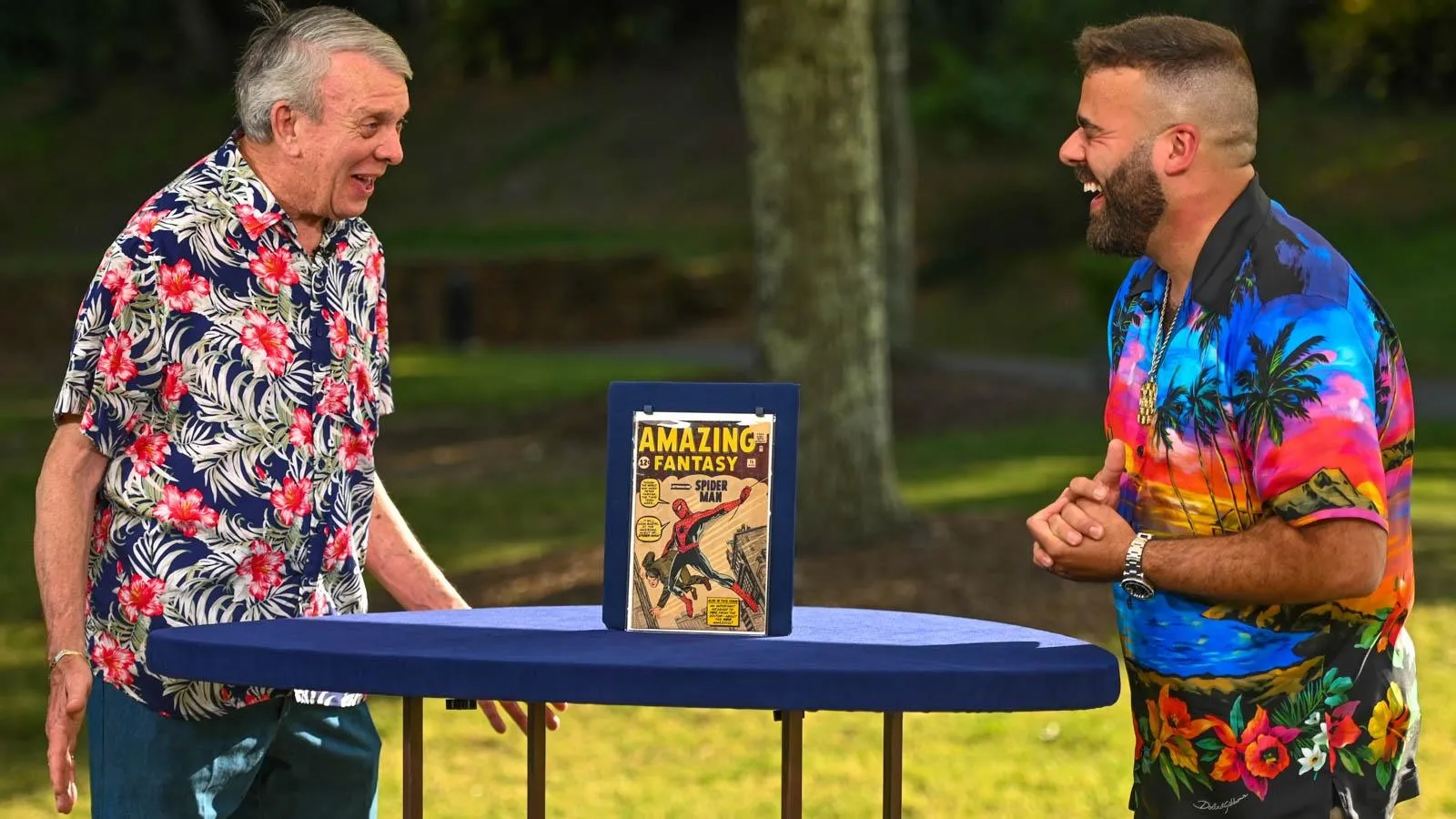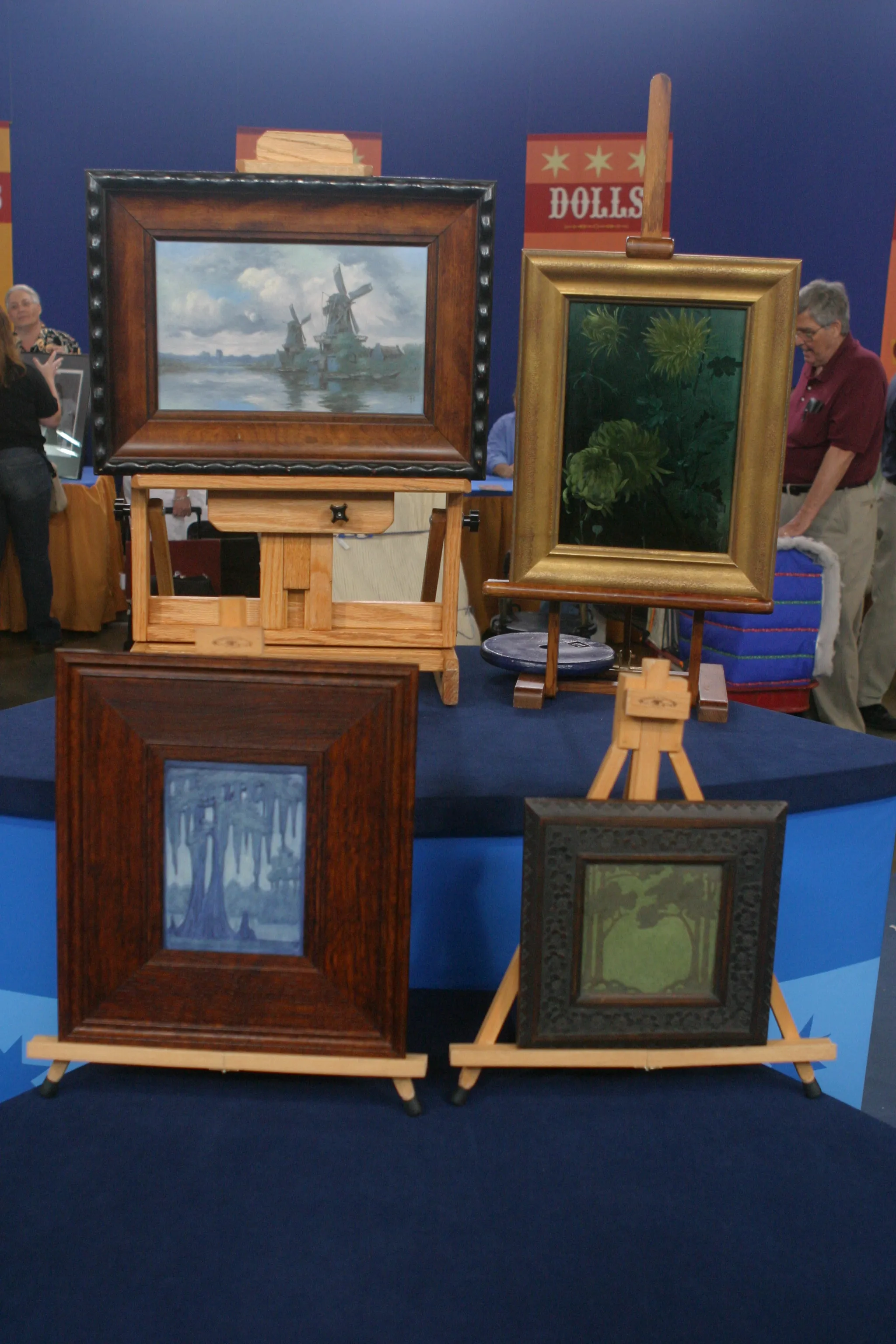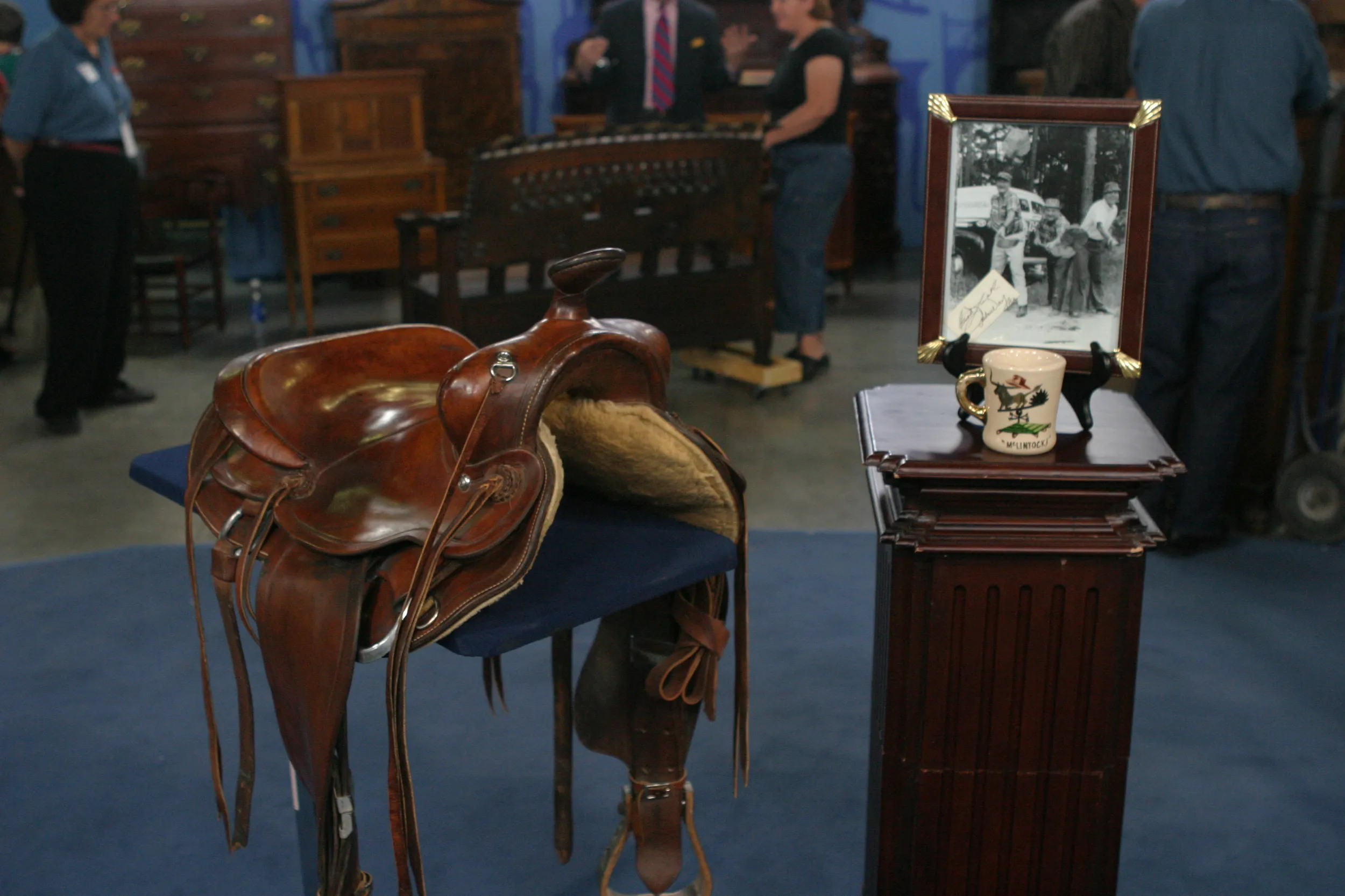GUEST: I found them in my parents' house in a closet. They had purchased the house from a cousin who had affiliations with people in Florida.
APPRAISER: Do you recall when you located them?
GUEST: It was the end of 2019. When I found them, I found out that they possibly could be some of the Florida Highwaymen paintings.
APPRAISER: Well, your suspicions are really true. These both are by an artist named Willie Daniels, and he's considered to be a second generation
Florida Highwayman painter.
GUEST: Okay.
APPRAISER: The Florida Highwaymen started out with just a handful of artists that were trained by an artist named Bacchus. The first generation of artists, they were about 26 artists.
GUEST: Mm-hmm.
APPRAISER: And even though, by the way, they're called the Florida Highwaymen, there was one woman that was a part of that original group.
GUEST: Really?
APPRAISER: Those artists were all African American. And in the 1950s is when this all started. And they weren't considered serious artists, they weren't allowed to be displayed in commercial or, uh, institutional galleries.
GUEST: Uh-huh.
APPRAISER: But they ended up, uh, selling them out of the trunks of their cars or along the street and knocking door to door, knocking on doors and saying, "Would you be interested in buying 'em?" Selling them for ten, 15, 20, 30 bucks a pop. Willie Daniels was born in 1950. He was born in Georgia, but as a small child, his family moved to Florida. He showed this interest in painting. Willie Daniels was mentored by Harold Newton, who was one of the original Highwaymen.
GUEST: Really?
APPRAISER: And so those younger artists that came along later are considered the second generation-- I'm not exactly sure
GUEST: Oh, okay.
APPRAISER: how many of those artists there are,
GUEST: Uh-huh.
APPRAISER: but Willie Daniels was one of the more prominent members.
GUEST: Okay.
APPRAISER: As a matter of fact, Daniels was elected into the Florida Hall of Fame of Artists along with the original 26.
GUEST: Really?
APPRAISER: They are not dated, but I would say they were done sometime in the mid-1980s. One of their pieces was featured by Michelle Obama in the White House, for example.
GUEST: I didn't know that.
APPRAISER: And so their stature has risen tremendously, and that, as a result, has popularized them. So it's really gratifying to see how they went
from obscurity and exclusion,
GUEST: Mm-hmm.
APPRAISER: to recognition and a, a nice, thriving, uh, market. I would say at auction, both of these pieces, as a pair, would sell for between
GUEST: Mm-hmm.
APPRAISER: $2,000 and $4,000.
GUEST: Really? I had no idea.
APPRAISER: Yeah.
GUEST: Oh. Mm. Okay. (chuckles) Oh. Well, they're going to be hung in my house, so.
APPRAISER: Excellent, excellent.












